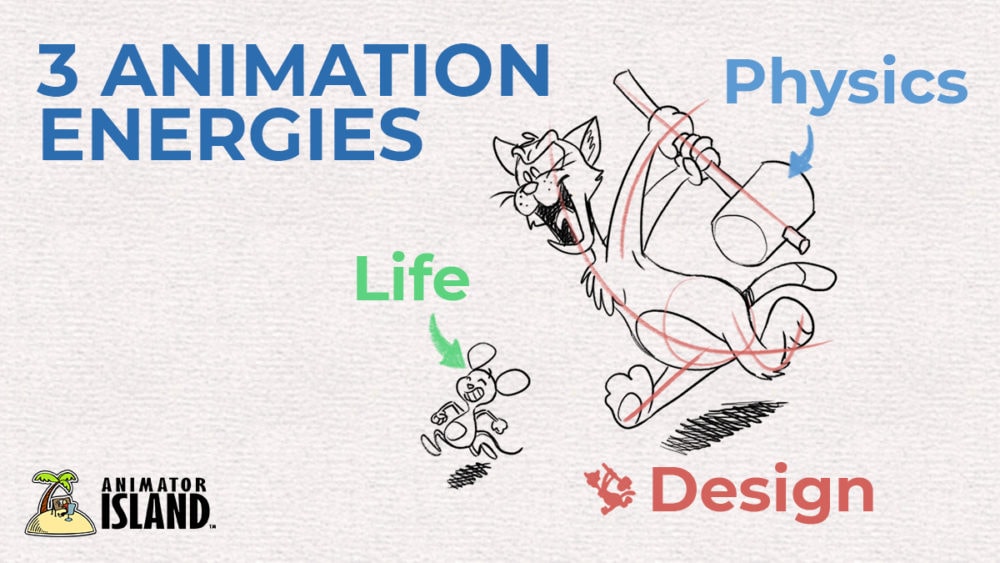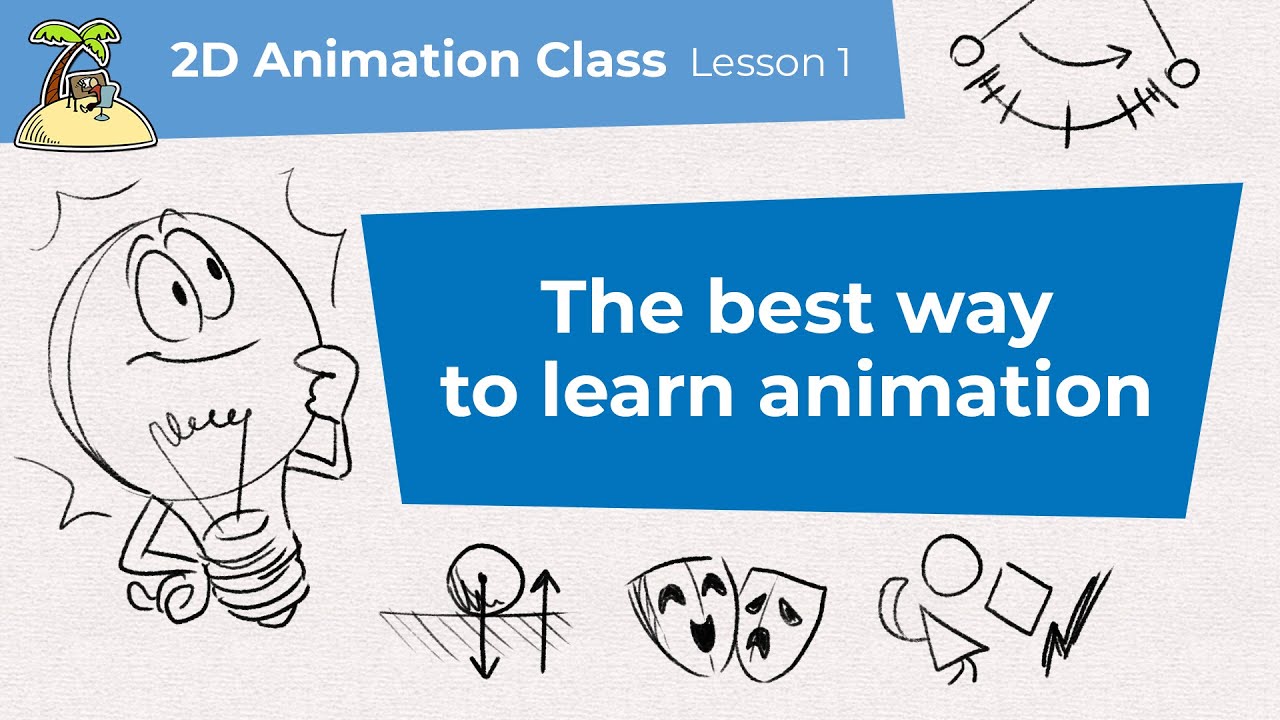If you are just starting to learn animation, the tips in this video will help you to understand and master this magical skill quicker.
If you already started learning, but you aren’t getting the progress you want they are a good guide to get you back on the right track.
Done with this video?
Create a student account and sign up for email notifications, updates & special offers about this course! As a thank you, you will get access to a bonus video: The right mindset – How vs. Why
Got what it takes to play god?
Most of the time, beginners wanna jump right into animating full scenes. With characters interacting, talking, fighting and who knows what.
And I get that. You wanna learn animation to create amazing things, but jumping into the cold water like this is often a recipe for desaster.
Would you attempt to fly a plane without knowing anything about it? Clearly not. And while animation isn’t quite as dangerous, you are creating a whole world with living beings from scractch. That’s huge.
So let’s face it:
Learning animation is complex
A good animation consists out of so many different elements: Acting, Physics, Image composition, film-making, character design, body language, world building and much, much more.
Even professionals use step by step workflows so they don’t have to think about everything at once.
If even they can’t do it, why should you, as a beginner overwhelm yourself? The best you can do is to tackle one challenge after the other.
Tip #1: Deliberately practice single aspects of animation.
Instead of creating an animation where you have to get everything right at once, you should do many small exercises that tackle only one problem at a time.
By isolating one aspect of animation from everything else you can see much better if what you are doing is working. When you are making a mistake, it is much easier to spot and fix.
Plus you are less overhelmed, because you only worry about getting that one aspect right and when you mastered it you move on to the next. Or add the next problem on top of it.
Spend a week practicing only walk-cycles, for example. Or if you’re doing something like storyboarding, go through it in passes – first just focus on the overall composition, then in your next version think about posing, and so on. One step at a time, isolating one element and building them up slowly. That’s the key.
But how do you know if you are doing things the right way?
Tip #2: Get feedback from mentors and other artists.
More experienced people have a good eye for mistakes. But you can also learn quite well from people who are just learning too.
So you learned, got feedback, your made improvements. Know you feel like you mastered one aspect of animation. What do you do next?
Tip #3: Increase the difficulty step by step.
But what are these steps? And what is the best order in which you should learn them?
To figure this out, let’s structure animation into chunks that are easier to handle.
Many schools and books are seperating animation into 3 main aspects.
The 3 forms of energy
I call them the 3 forms of energy, because each of them are in their own way creating forces that drive your motion. They are: Physics, Life and Design

And this is the order in which you schould learn.
Animation Physics
You start with Physics, because unlike the other energies it relys less on intuition and more on rules and formulas that you can learn.
Learning physics in animation is a bit like learning how to drive a stickshift car. In the beginning your are completely overwhelmed by shifting gears, constantly paying attention to when you need to switch. But in just a few weeks you will change gears without even thinking and you can fully focus on the road. Same with physics in animation. After a while you will automatically put in all of the necessary basics leaving your head free for creative choices.
If you leave studying this form of energy too early, you might be able to tell okay stories, but something about the world and the motions will feel wrong. Often everything will feel too light, like it’s floating.
Don’t move on from physiscs before you know
- how objects fall from different heights,
- why different materials bounce differently,
- when something needs to gradually speed up or slow down
- and how loose elements lag behind and catch up
Also, you need to study how humans and creatures deal with those forces and principles applied to them. This field is called body mechanics.
You master body mechanics by animating characters jumping, lifting weights or going through obstacle courses.
Then and only then you should focus on the other two animation aspects.
The next form of energy is…
Life
This energy is all about creating characters that show realistic personalities and believable behaviour.
To master this form of energy you need to learn acting, body language and emotions.
Design
The last form of energy, Design, is dedicated to making your animation more clear, appealing and polished.
On the one hand side good design focuses on readable communication. It’s all about how you present your characters and poses so it’s clear who they are, what they are doing, and how they are feeling at all times.
On the other hand side there is eye-candy. Some design principles can be used just to make your animation nicer to look at.
Learn animation with this 2D class
If the things I listed sound like the things you want to learn, I have good news for you:
Everything I just mentioned is on the list of our 2D animation course. Over the next couple weeks and months we will be posting video lessons teaching you everything you have to know about how to animate.
Don’t want to miss the next lesson?
Create a student account and sign up for email notifications, updates & special offers about this course! As a thank you, you will get access to a bonus video: The right mindset – How vs. Why

